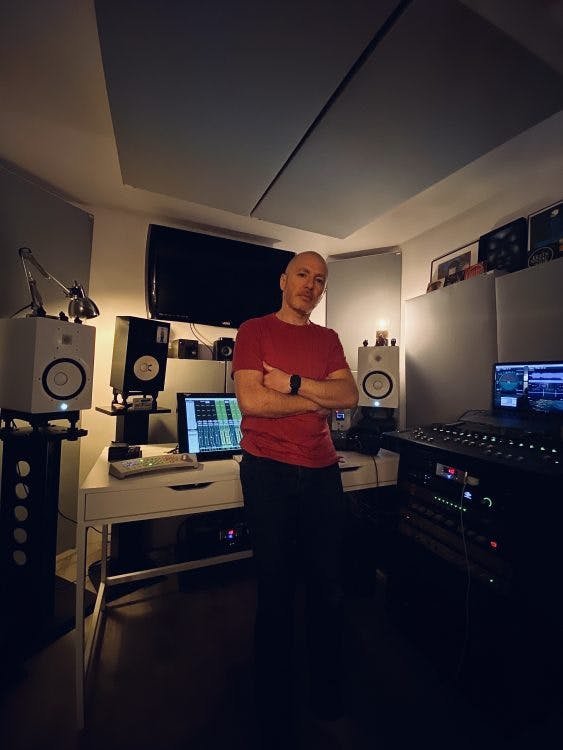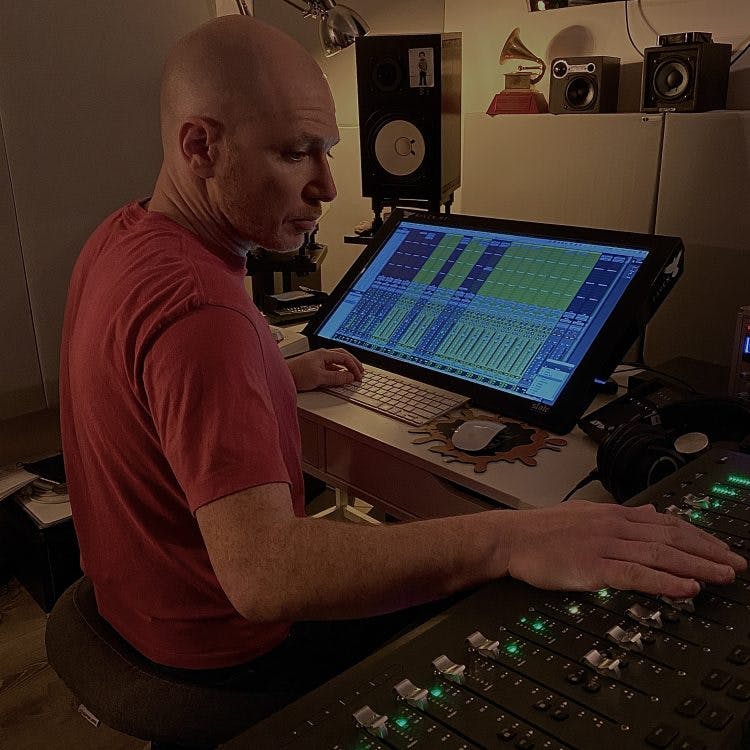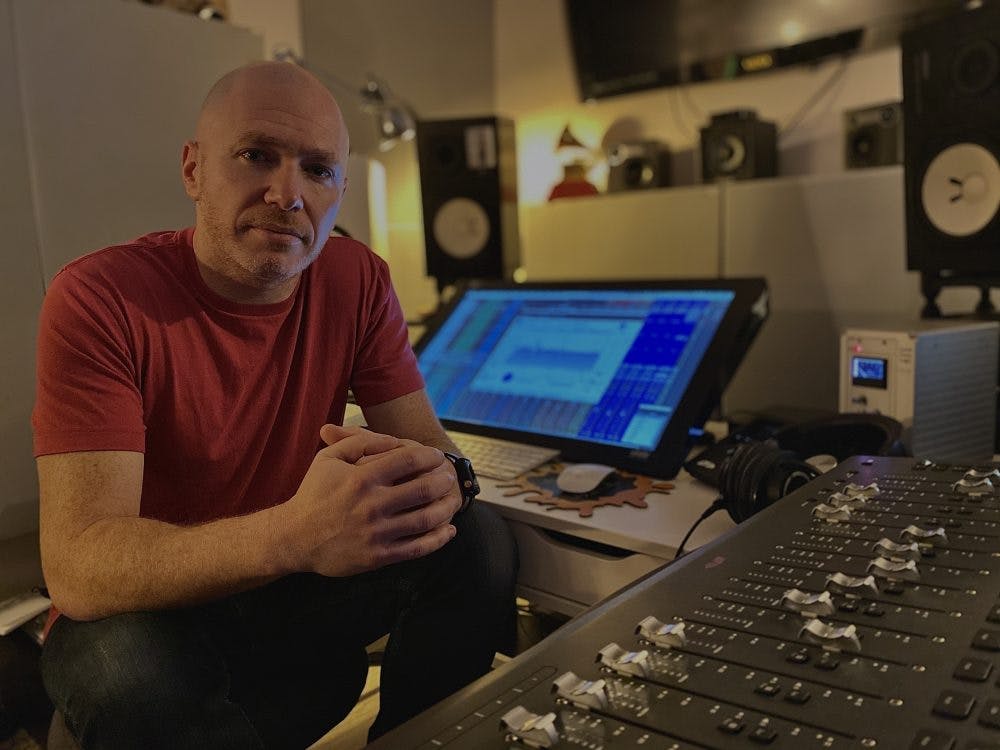New York, New York, December 17, 2019 – Ariel Borujow has made his career on learning how to intuitively understand vibe across a diverse range of musical genres. From his earliest days at New York City hip-hop destination studios Greene St. Recording and Daddy’s House Recording Studio to his more recent work with chart-toppers like Mac Miller and Madonna and electronic music mainstays like Keys n Krates, Moon Boots, Pat Lok, and CID, the Grammy Award-winning mix engineer has developed an approach based on personal connection and mutual artistic enthusiasm that has helped him to reach inside the creative minds of his clients and bring their ideas to life in his mixes. Having worked steadily over the past few decades, Borujow has seen this approach become even more relevant as relationships between mix engineers and artists has changed with the increasing amount of technology at their fingertips which allow them to chase this vibe earlier in the process than previously possible.

Gut instinct
Borujow’s artist-first approach comes from the genuine enthusiasm he has for developing these relationships. At the start of each project, he typically has a series of conversations with the artist to establish what vibe they are trying to accomplish. Understanding the intent helps him to know what elements bring to the forefront. “Being a good mix engineer is being part-sonic psychiatrist and part-conductor of an orchestra,” he said. “You’re really trying to bring the best emotion out of the artist and let the art dictate how it’s supposed to sound.”
Although building this kind of rapport has always been a part of his process, Borujow is quick to note how much this relationship has changed from when he was first working as an engineer at the tail end of the analog-era in the late 1990s. “Back then you had to book time in a studio to record, and once you had a rough mix you had to book another one to do that mix and you were really starting from scratch when you sat down to mix,” he explains. “Now, since artists are working in the same DAW as you, they’ve created the vibe for you and it’s more about honoring what they’ve made and finding the best way to bring it forward.”
Bringing the artist’s intent forward for Borujow means trusting his intuition and choosing the right tools for the job, while ensuring that the latter doesn’t get in the way of the former. “Some people are so dependent on the tools, and to me mixing really isn’t about the technical aspect,” he said. “It’s all about your feel and gut instinct and ensuring that you’re really listening and are trusting your ears. If you can capture that feel and it comes across on all mediums, then you’ve done a good job.”

Translating the feel
Borujow currently does most of his work in Pro Tools from his private studio, using a Slate Raven Desk as well as an Avid S3 16-Channel mixing console. For monitoring, he favors a pair of Yamaha NS10 monitors as well as a pair of Audio-Technica ATH-M50X headphones, both calibrated using Sonarworks’ Reference 4 plugin. Borujow was an early adopter of Reference and sees it as a key part of his setup, that allows him to completely trust what he’s hearing and focus on mixing. “Not having to spend hours and hours in the studio is great, and I’m finishing my mixes in a quarter of the time that it used to take me,” he said. “You’re only as good as what you hear and the more neutral your room is, the better you’ll be able to do that. I really believe in what they’ve done with Reference because they’ve made it possible for any room to be on par with a professional facility without having to spend thousands of dollars.”
In addition to using the plugin in his own studio, Borujow says it’s also allowed him to work on-the-go with headphones, saving him valuable time while still giving him the same high-quality results. This also has the added benefit of allowing him to experience his work as many of his new clients do – as many of them work exclusively in headphones as well – and ensure that their mixes and chosen vibe will translate regardless. “It’s one of those things that you definitely need if you’re mixing, and there’s no reason that anyone with a studio shouldn’t have it” he said.




